Baby Teeth Enamel Problems
Baby teeth enamel problems. Physical stress including poor nutrition or disease can influence the development of teeths. Sometimes dentists notice it in the primary teeth also called baby teeth or deciduous teeth. If your child has baby teeth problems vision problems or mental health issues that run in your family be very diligent about developing his ENAMEL from ages 1-5.
Enamel hypoplasia can be seen in both permanent and baby teeth. The left upper front primary teeth are twice as likely to have enamel hypoplasia than the right. Less than 25 percent of enamel defects in baby teeth are the result of minor facial trauma or pressure which can occur during birth and cause a reduced thickness of enamel and hypoplastic spots on the canine teeth.
Teeth can come in without enamel as a result of inherited issues or because of exposure to certain substances while the teeth are erupting. In addition to mottled enamel children can also be affected by enamel hypoplasia a disorder in which the teeth develop with enamel that is thin and deficient. It can be found on the permanent teeth however the problems are generally less severe.
These can affect the baby teeth adult teeth or both. Breast milk strengthens enamel as does green vegetables anything with vit D such as cheese yogurt. Baby teeth and permanent teeth can both emerge with enamel that is weak improperly formed or missing altogether.
Bacteria feed on carbohydrates and produce acid that destroys the tooth enamel. It can cause tooth sensitivity and lead to dental caries. Enamel hypoplasia is a defect of the enamel that only occurs while teeth are still developing.
The risk of cavities in baby teeth begins with the eruption of the first tooth which occurs at the age of 6 months. Exposure to sources of physical stress such as poor nutrition or disease can affect the formation of dental enamel and result in pronounced growth lines within teeth called stress lines which. Baby teeth are the first set of teeth that your child develops.
If My Child Has Weak Enamel How Can I treat it. One option to treat enamel defects is to cover the area with a bonded microfilled composite resin that matches the color of the rest of the tooth.
The most common causes of enamel defects in childrens baby and adult teeth are developmental anomalies and minor facial accidents or injuries.
Trauma to the teeth. These can affect the baby teeth adult teeth or both. Enamel hypoplasia is primarily diagnosed in children. Exposure to sources of physical stress such as poor nutrition or disease can affect the formation of dental enamel and result in pronounced growth lines within teeth called stress lines which are similar to the rings in a tree that mark its age. Dental enamel problems stemming from celiac disease involve permanent dentition and include tooth discolorationwhite yellow or brown spots on the teethpoor enamel formation pitting or banding of teeth and mottled or translucent-looking teeth. In any case his baby teeth have no enamel are dark in color are excessively wide spaced and eroding rapidly- further deteriorated by a grinding habit he has had most of his life. Exposure to sources of physical stress such as poor nutrition or disease can affect the formation of dental enamel and result in pronounced growth lines within teeth called stress lines which are similar to the rings in a tree that mark its age. According to the Academy of Pediatric Dentistry there are a number of illnesses and deficiencies in early childhood that can influence the bodys ability to create a healthy enamel. The inconvenience and potential harm of this situation is what calls for the immediate attention to this problem.
According to the Academy of Pediatric Dentistry there are a number of illnesses and deficiencies in early childhood that can influence the bodys ability to create a healthy enamel. Exposure to sources of physical stress such as poor nutrition or disease can affect the formation of dental enamel and result in pronounced growth lines within teeth called stress lines which. Bacteria feed on carbohydrates and produce acid that destroys the tooth enamel. The most common causes of enamel defects in childrens baby and adult teeth are developmental anomalies and minor facial accidents or injuries. One of these conditions is enamel hypoplasia which literally means underdeveloped enamel A disorder that causes the teeth to develop with thin. More than 75 of enamel defects in the primary teeth of children are considered to be developmental in nature. Exposure to sources of physical stress such as poor nutrition or disease can affect the formation of dental enamel and result in pronounced growth lines within teeth called stress lines which are similar to the rings in a tree that mark its age.





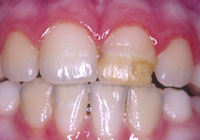


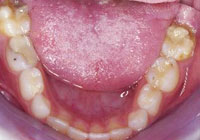


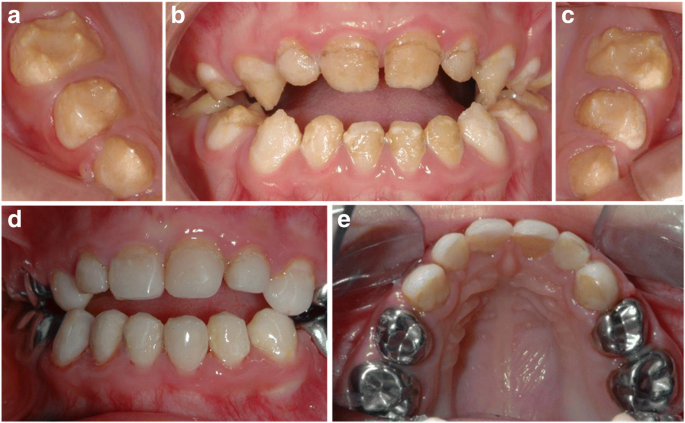
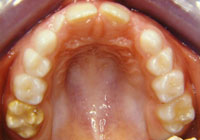


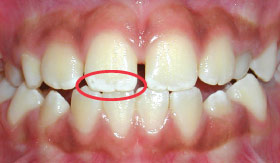

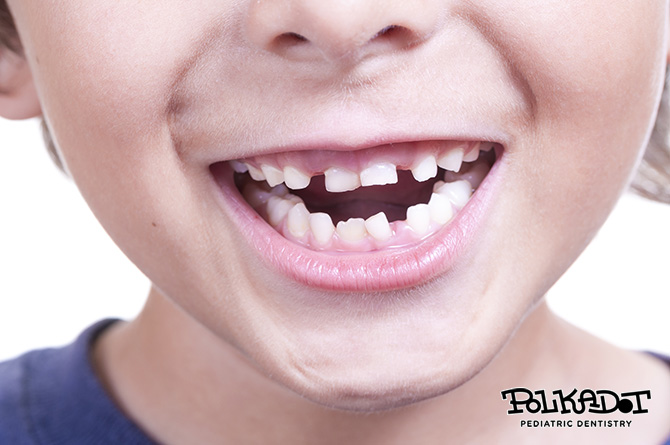








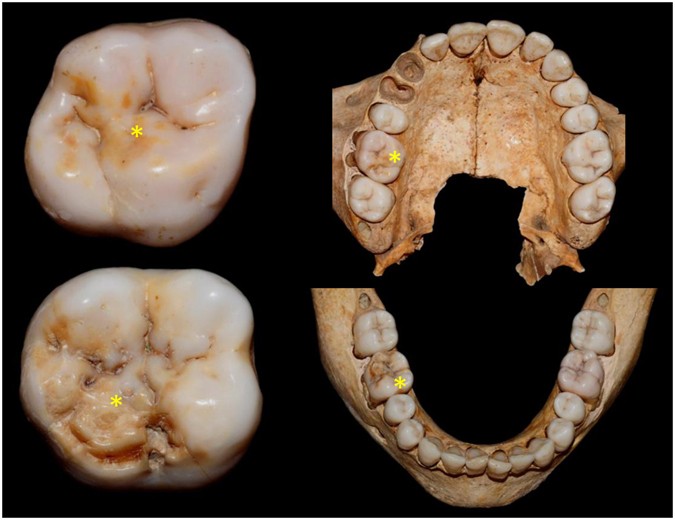



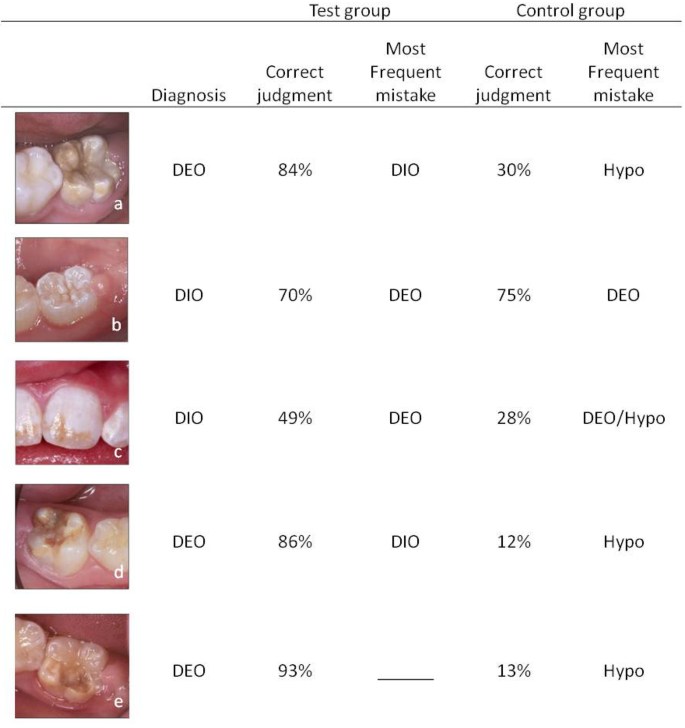

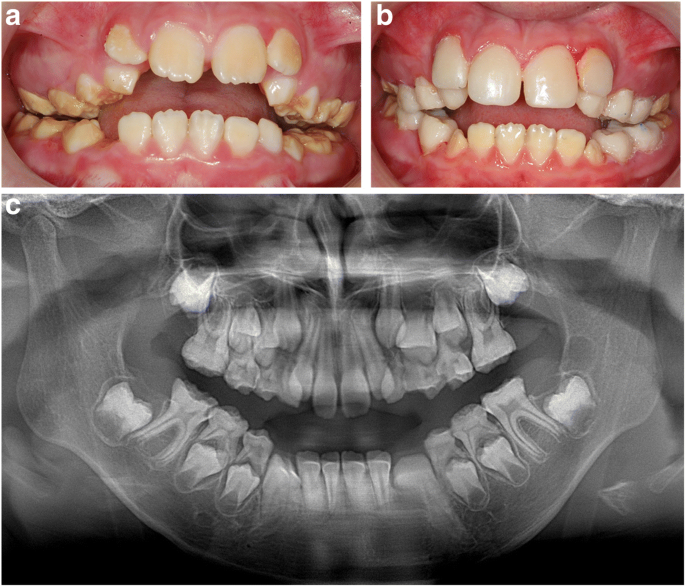


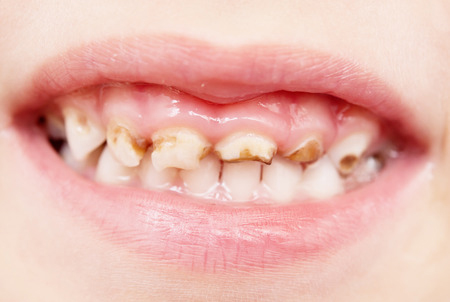
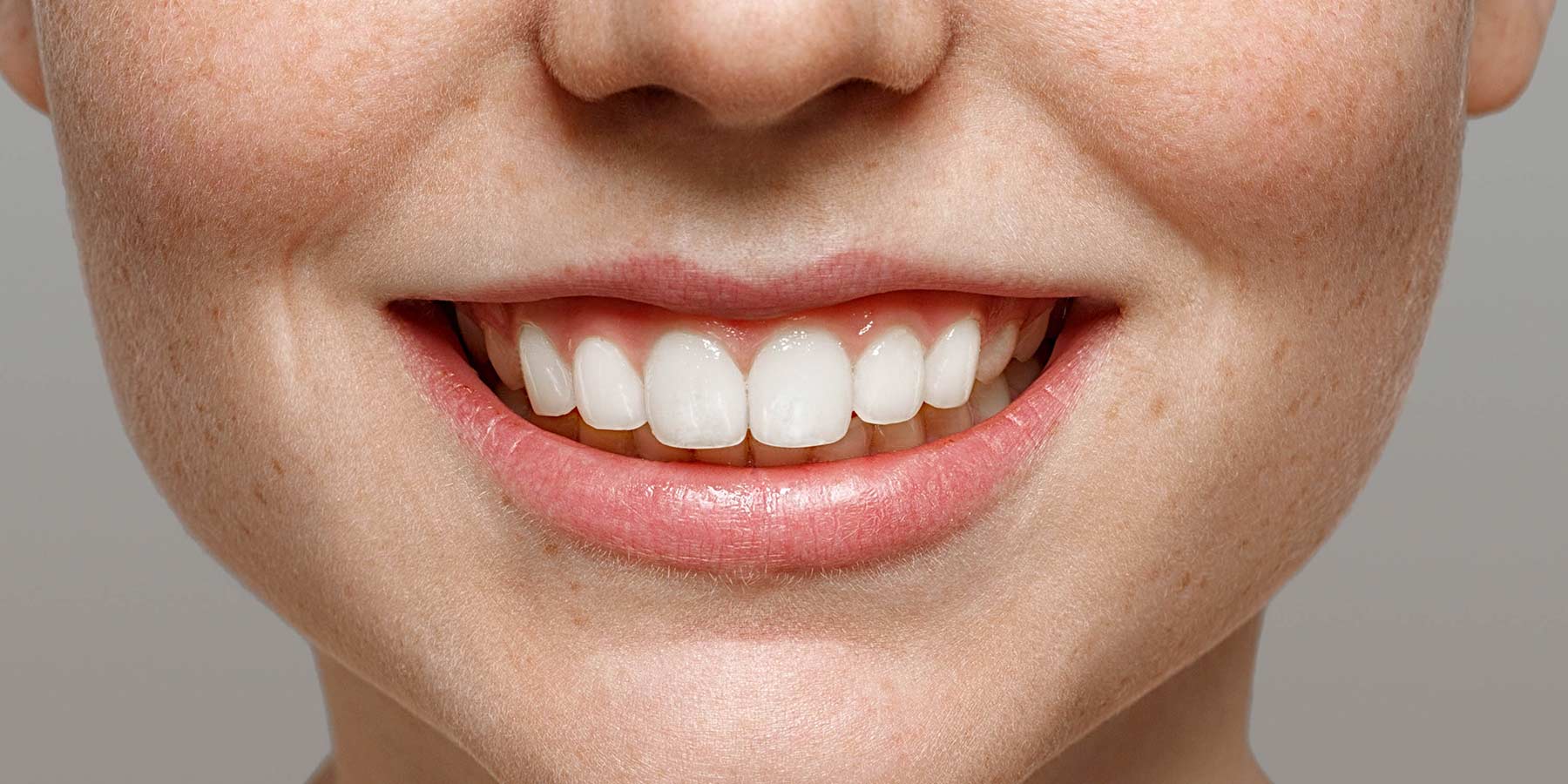
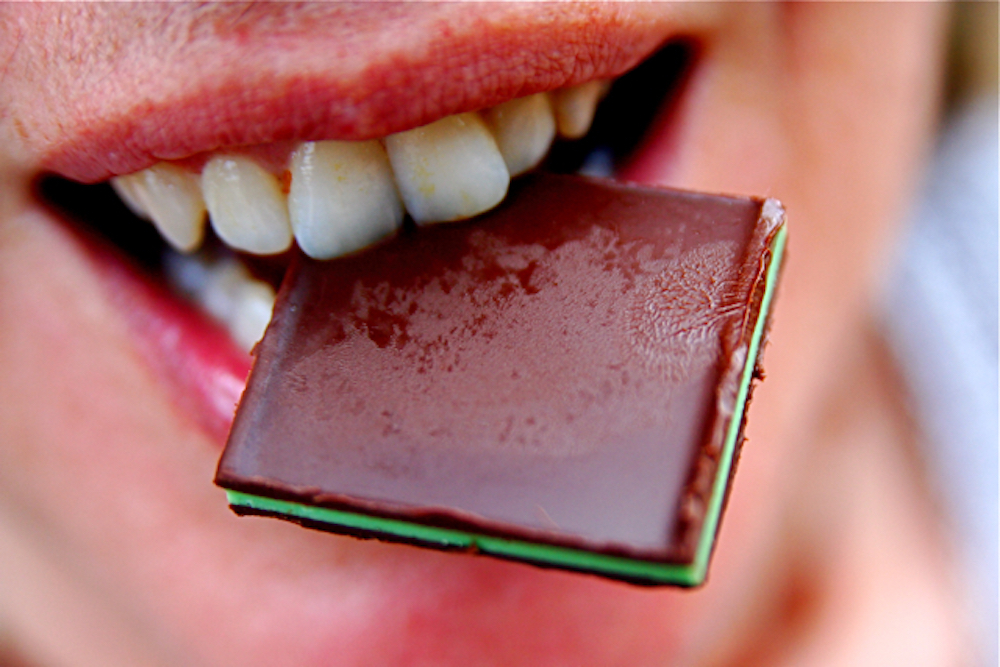


Post a Comment for "Baby Teeth Enamel Problems"